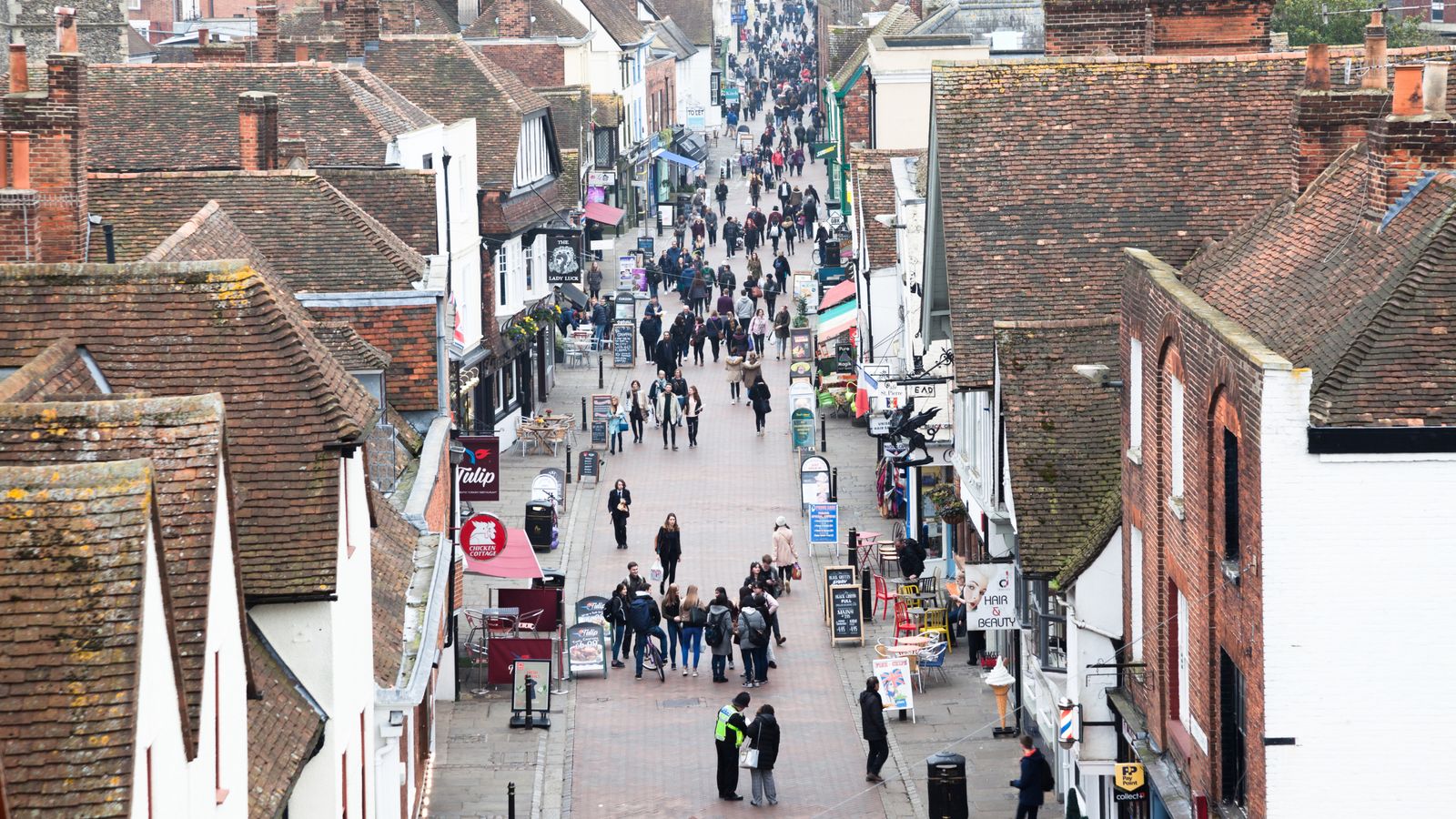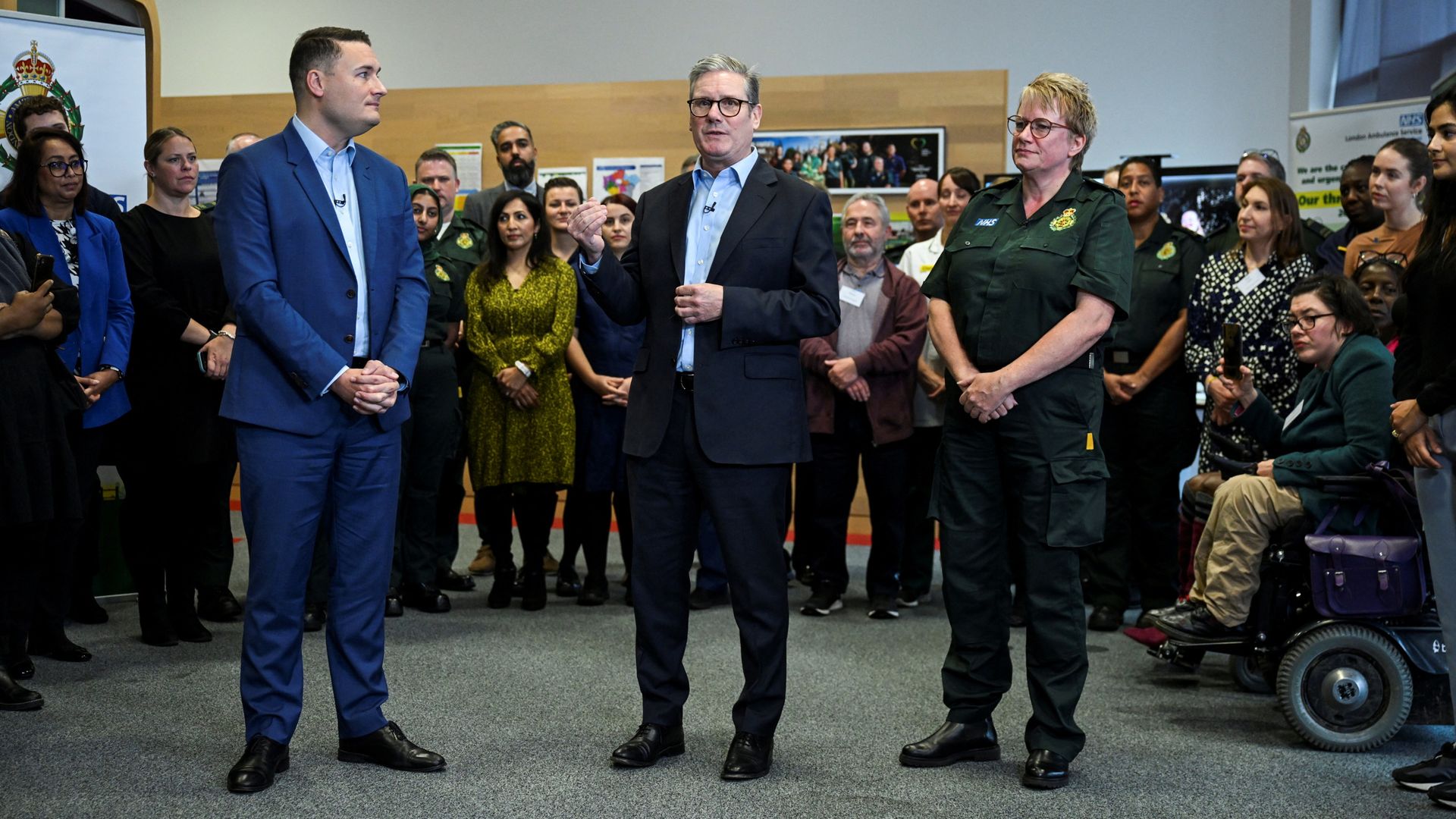Official figures have shown a much larger than expected pick up in retail sales last month as a closely-watched measure of consumer confidence reaches its highest level in a year.
The Office for National Statistics (ONS) reported a 1.2% rise in sales volumes in February compared to the previous month, adding that the performance took sales back to their pre-COVID era level.
It was much better than economists had predicted as only a slight uptick was expected amid the continuing cost of living crisis.
The ONS also revised sharply upwards, to 0.9%, the 0.5% volume growth it had originally recorded for January after the tough Christmas for the high street.
Its director of economic statistics, Darren Morgan, said: “Retail grew sharply in February with sales returning to their pre-pandemic level.
“However, the broader picture remains more subdued, with retail sales showing little real growth, particularly over the last eighteen months with price rises hitting consumer spending power.
“In the latest month, discount department stores performed strongly with food shops also doing well as consumers, confronted with cost-of-living pressures, cut back on eating out or purchasing takeaways.
Millions of mobile phone and internet users could be paying 17.3% more on their bills this time next week
Bank of England raises interest rate by quarter point after surprise leap in inflation
Big shift in Bank of England thinking suggests economy showing signs of recovery | Ed Conway
“After rail strikes increased car travel in January, fuel sales fell back in February,” he also noted.
The data was released against a backdrop of recent indications that the economy is slowly picking up, and performing better than a slew of dire forecasts had predicted.
Market research firm GfK’s consumer confidence index rose to -36 in March.
While still deep in negative territory, it was its highest level for 12 months and was boosted by improving sentiment around the economy despite persistent gloom over personal finances.
The latest results were published less than 24 hours after the Bank of England indicated that it was no longer expecting a technical recession this year – defined as two consecutive quarters of negative growth.
Its shift chimed with the view of the Office for Budget Responsibility’s (OBR’s) latest assessment – released on budget day last week.
The more optimistic outlook followed dire predictions earlier this year from the International Monetary Fund, and other prominent organisations, that the UK would be the weakest performer within the developed world in 2023 because of the hit to consumer spending power from inflation.
A separate ONS report this week measured the consumer prices index at 10.4% in February – up from 10.1% the previous month.
Economists had widely expected an easing in the rate but the report charted upwards pressure from the salad shortage and an end to January pub drink discounts.
Food and drink inflation struck a 45-year high, the report showed, and the Bank of England later acted through another interest rate rise to try and keep a lid on the pace of price growth.
Please use Chrome browser for a more accessible video player
Read more from business:
Millions of mobile phone and internet users to see bills rise next week
British billionaire submits revised bid for Manchester United
The OBR said last week that it expected inflation to ease back to 2.9% by the year’s end but it is clear higher living costs will continue to prove a drag on spending well into the future.
Joe Staton, client strategy director at GfK, said of its findings: “A small improvement in the overall index score this month masks continuing concerns among consumers about their personal financial situation.
“Wages are not keeping up with rising prices and the cost-of-living crisis remains a stark reality for most.”
He added: “Just having enough money to live right and pay the bills remains the number one concern for consumers across the UK.”




